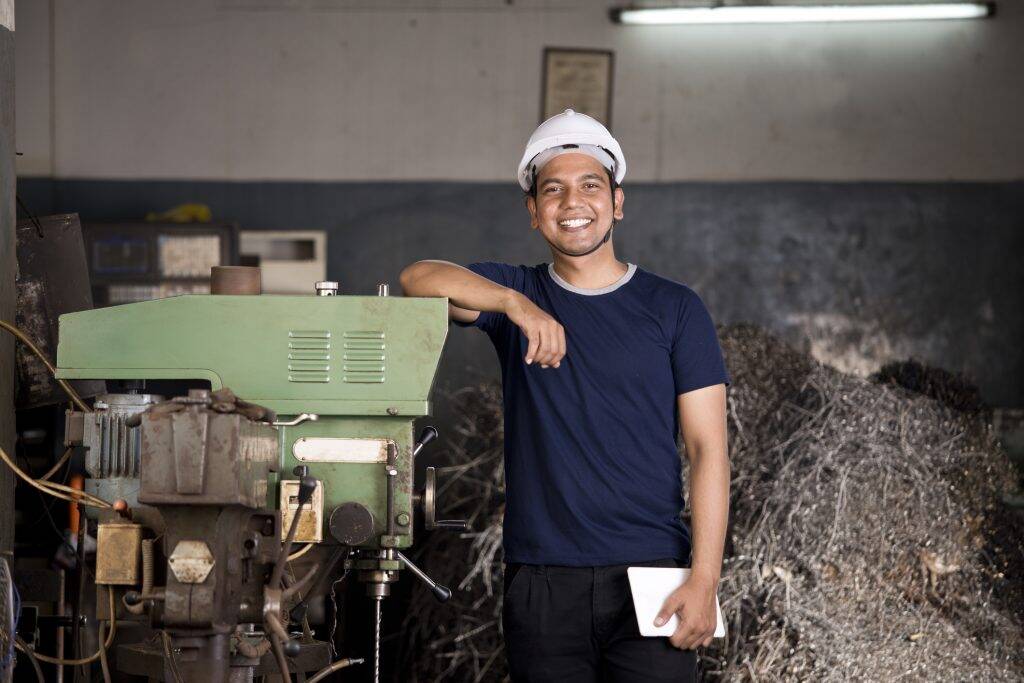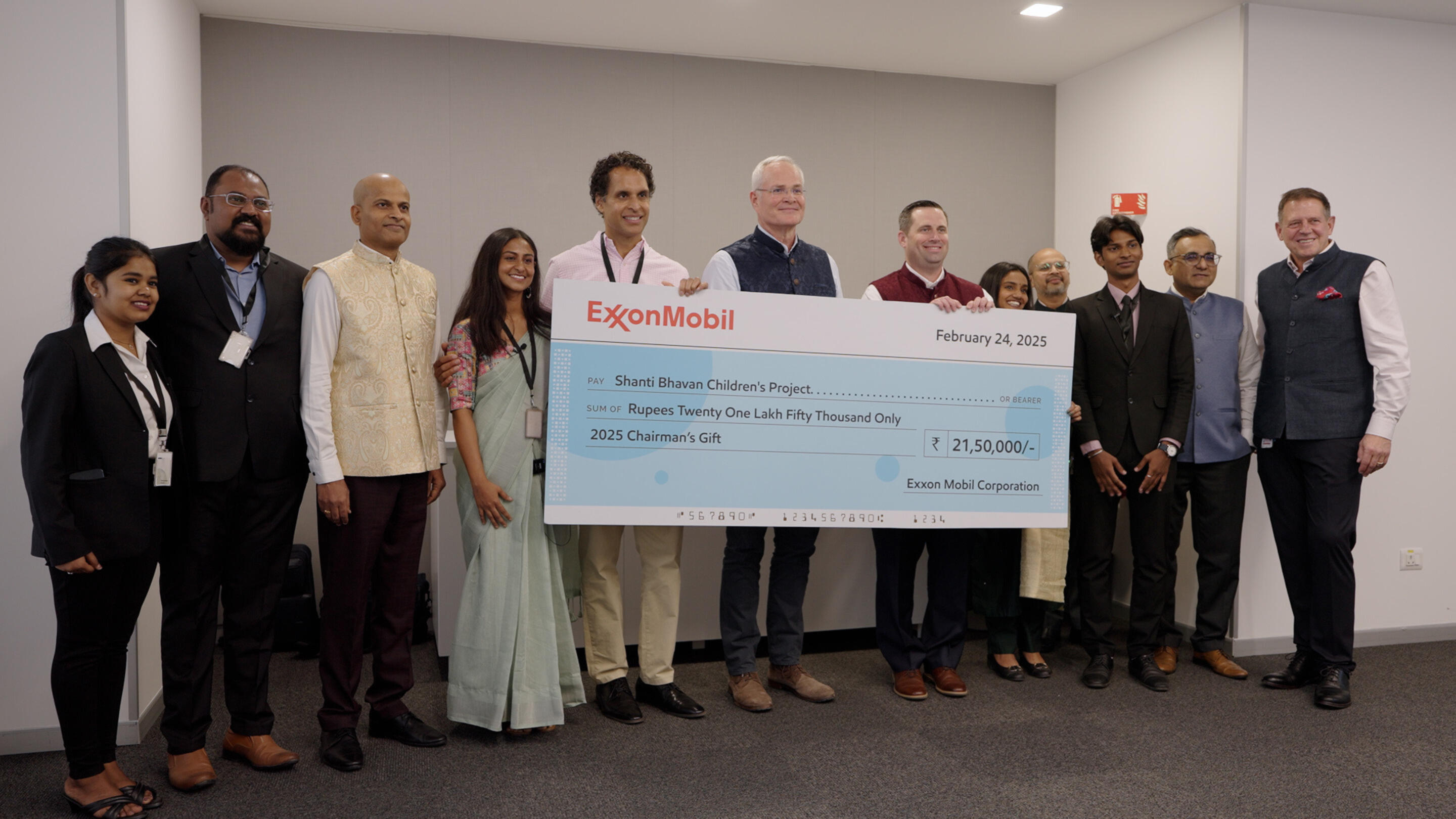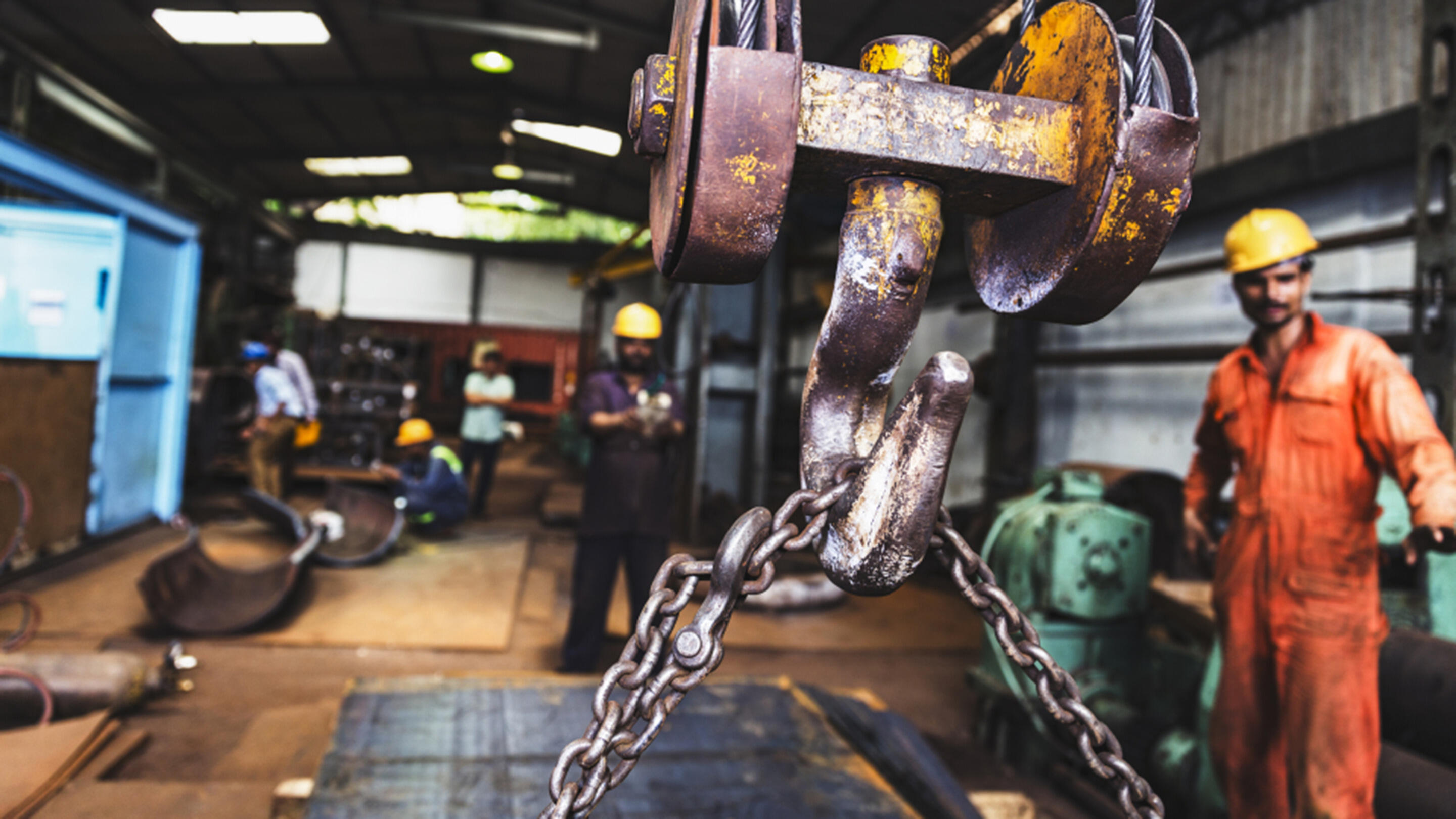3 min read
• April 21, 2022Natural gas steps up to cut India's industrial emissions
3 min read
• April 21, 2022Achieving this goal means Indian industry, which accounts for almost one-fourth of the country’s total GHG emissions, must transition quickly to cleaner power sources. Natural gas, one of India’s preferred future fuels, is stepping up to the challenge.
From the country’s largest steelmakers to microbusinesses, Indian industry is adopting natural gas and energy-efficiency technologies to reduce emissions.
MSMEs’ gas switch
India is encouraging its micro, small and medium enterprises (MSMEs) to shift to gas for industrial heating and associated processes.
In Delhi, all industrial units are reported to have switched to piped natural gas. This move was directed by the Commission for Air Quality Management, a regulatory body working to mitigate air pollution in the Delhi-National Capital Region (NCR).
Recently, the neighboring state of Haryana announced financial incentives to help the state’s MSMEs stay competitive as they transition to gas.
Haryana has announced grants for up to 15 lakh rupees on capital expenditure to help MSMEs convert away from coal or diesel to natural gas. They are also expected to get tax benefits on the purchase of gas for the next two years.

Maharashtra, a top sugar-producing state of India is also planning to use compressed natural gas (CNG) to run the boilers of its sugar mills concentrated in Latur. The state recently announced a price reduction for CNG.
Indian MSMEs can expect more such incentives, as they work towards reducing their dependence on traditional fuels like coal.
Making a dent in steel emissions
At the larger end of industry, big steelmakers are also switching to gas.
India has one of the world’s largest steel industries, and the sector is critical to the economy.
The country’s steel demand is rising and is expected to jump to 111 million tonnes in 2022 after a subdued 89 million tonnes in 2020. But India’s iron and steel sector also has one of the highest emissions footprint per unit of production globally.
If the steel industry stays on its current trajectory, its carbon emissions could leap from about 242 million tonnes to almost 837 million tonnes by 2050. This would slow India down in meeting its air-quality goals and cleaner-growth aspirations.
What the steel industry needs is a faster transition to cleaner sources. Some big changes are already underway.

JSW Steel, which runs the country’s most valuable steel mill, is planning to spend more than US$1 billion to slash emissions by using solar power and more scrap steel, as well as using natural gas as a feedstock instead of coal.
Gas-based steelmaking is more energy efficient, generating only a third of the carbon emissions as coal while producing the same amount of strong steel. It also uses fewer materials – only 200 kilograms of gas as opposed to about 770 kilograms of coal – to make a tonne of steel.
JSW Steel is planning to use gas in its blast furnaces in Mumbai and Dolvi, south of Mumbai. This move could help reduce its CO2 emissions by a fifth per tonne of steel produced as soon as 2030.
Tata Steel, with an annual steelmaking capacity of 34 million tonnes, is also testing the use of gas at one of its blast furnaces and developing hydrogen-based steelmaking technology to slash its manufacturing-related carbon emissions.
More manufacturing giants are expected to follow JSW and Tata’s lead.
As India transitions to a gas-based economy, natural gas will do much of the heavy lifting to help reduce India’s industrial emissions in the foreseeable future. At the same time, industries will also benefit from continuous improvements in energy-efficiency technologies and industrial processes.
The future looks brighter—and cleaner—with natural gas.
Exxonmobil India
Newsroom
Stay up to date with the latest news and information.
Explore more

Taking Indian talent to the world stage
2 min read
• Dec. 8, 2025
Pragmatic and empowering: The force behind India’s energy story
2 min read
• Nov. 18, 2025
A to B: Turning Artificial Intelligence into Business Intelligence
3 min read
• Oct. 23, 2025
Changing lives with the power of education
5 min read
• Sept. 12, 2025
Viksit Bharat: LNG can be part of that
3 min read
• Aug. 21, 2025
Rockhound to rockstar: Jen’s career across the globe
3 min read
• June 17, 2025